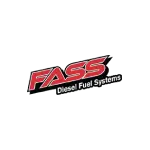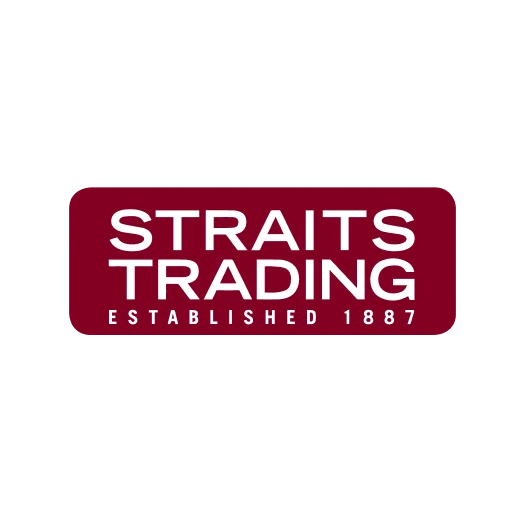I see the surging global demand for fresh produce places the cold storage warehouse at the centre of the modern supply chain. However, managing these specialised facilities involves complex precision and high operational costs that determine profitability.
Without proper tools, manual tracking often leads to spoilage and financial loss, requiring robust solutions to maintain integrity. Implementing advanced warehouse management software automates these processes, ensuring efficiency and compliance.
In this guide, I will explore the essentials of designing and managing a facility that turns operations into a competitive advantage. Read on to discover how to maximise your business’s potential and ensure lasting product quality.
Key Takeaways
|
What Is a Cold Storage Warehouse and Why Is It Critical for Your Business?
A cold storage warehouse is a specialised facility designed to maintain specific temperature conditions to preserve perishable goods. These structures use advanced refrigeration to create a stable environment that extends shelf life and prevents decay.
This facility is critical because it ensures products reach broader markets without compromising safety or quality. Utilising efficient cold storage is a strategic necessity for competing effectively in today’s global supply chain.
Types of Cold Storage Warehouses
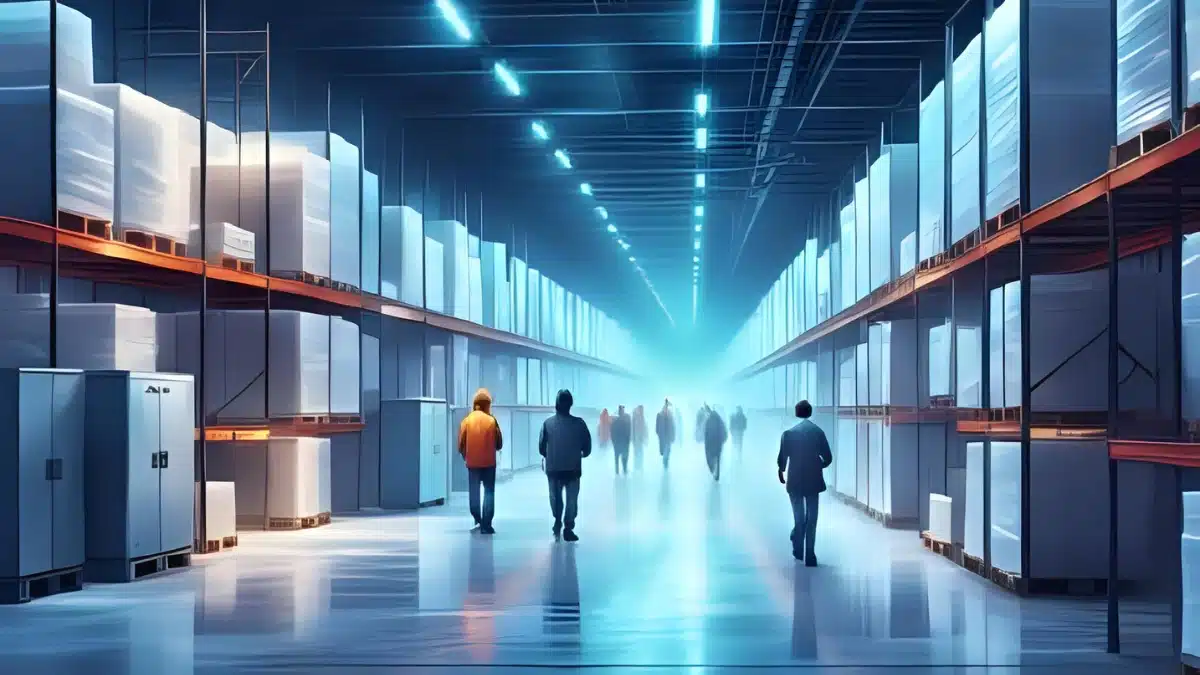 Choosing the right facility type depends heavily on specific product characteristics and operational volume. Here are the standard classifications used across industries to ensure optimal preservation.
Choosing the right facility type depends heavily on specific product characteristics and operational volume. Here are the standard classifications used across industries to ensure optimal preservation.
- Based on the operational temperature range
Chiller warehouses operate between 0°C and 10°C to effectively store fresh produce and dairy products. Meanwhile, freezer units maintain temperatures below -18°C to preserve meat and frozen foods safely. - Based on the function in the supply chain
Bulk storage facilities hold large inventory volumes for extended periods near production sites. In contrast, distribution centers focus on rapid turnover to facilitate quick last-mile delivery to consumers. - Based on commodity specialization
Pharmaceutical warehouses adhere to strict Good Distribution Practices (GDP) for the storage of sensitive vaccines. Controlled Atmosphere (CA) facilities regulate oxygen levels to slow the ripening process of agricultural fruits.
Key Components of an Effective Cold Storage Warehouse
Constructing an efficient facility requires meticulous attention to components that work together to maintain stability. Let’s examine the essential elements that ensure reliability and energy efficiency.
- Thermal insulation systems
Thermal insulation panels in walls and roofs prevent external heat from infiltrating the cooled space. Underfloor insulation is also installed to avoid freezing ground and structural damage, such as frost heave. - Industrial refrigeration systems
The industrial refrigeration system absorbs internal heat and expels it outside using compressors and evaporators. This setup must be calculated precisely based on room volume to ensure consistent cooling performance. - Airtight doors
High-speed doors open and close rapidly to minimize the time the interior is exposed to ambient air. This mechanism significantly reduces temperature fluctuations and lowers the energy load on cooling systems. - Racking systems
Racking systems maximize storage density while allowing cold air to circulate freely around the palletized goods. Materials used for these racks are typically galvanized steel to resist corrosion in damp environments. - Temperature monitoring technology
IoT sensors placed throughout the facility continuously monitor temperature and humidity in real time. These devices send data to a central system, which triggers alerts when conditions deviate from predefined parameters.
Challenges in Cold Storage Management and Their Solutions
Managing a cold facility presents unique hurdles that can erode profitability if not addressed proactively. Below are the primary challenges managers face and the strategic solutions to overcome them.
- High energy consumption
Refrigeration systems consume vast amounts of electricity, making energy costs a primary operational concern. Implementing variable-speed drives and ensuring proper insulation seals help optimize consumption and reduce waste. - Maintaining stability
Temperature fluctuations caused by frequent door openings can rapidly compromise sensitive product quality. Strict operating procedures and air curtains create thermal barriers to maintain a stable internal environment. - Complex inventory management
Tracking expiration dates manually for thousands of items often leads to human error and stock spoilage. A dedicated system automates First-Expired, First-Out (FEFO) picking to ensure proper stock rotation. - Regulatory compliance
Meeting strict safety standards requires providing accurate temperature logs for regulatory audits. Automated data logging systems generate comprehensive reports to ensure full traceability and compliance.
Key Features of Cold Storage Management Software
Modern software acts as a central nervous system, connecting all operational aspects for better control. These are the mandatory features that streamline cold chain management processes.
- Automated temperature monitoring
The system integrates with IoT sensors to log temperature data and trigger alerts when thresholds are breached. - Precision inventory management
Algorithms identify items with the nearest expiration dates and direct operators to pick those specific batches first. - End-to-end traceability
The software records every movement of a product from receipt to dispatch to create a digital history. - Integration with ERP
This feature synchronizes warehouse inventory data directly with financial and sales modules for unified reporting.
Trends and Technological Innovations in the Cold Storage Industry
The industry is evolving with technologies that enhance efficiency and meet rising sustainability demands. Understanding these innovations helps businesses plan future investments to stay competitive.
- Automation and robotics
Automated Storage and Retrieval Systems (AS/RS) use robotic cranes to handle pallets in freezing conditions. This technology operates tirelessly in sub-zero environments where human efficiency typically declines. - Internet of Things (IoT)
Advanced sensors on forklifts and pallets track movement and equipment health in real-time. This data flows into a central platform to predict maintenance needs and prevent downtime. - Sustainability focus
New facilities are adopting natural refrigerants like ammonia which have a lower global warming potential. Solar panels are also being installed on rooftops to generate renewable electricity for operations. - Predictive analytics
Artificial intelligence analyzes historical data to forecast demand fluctuations and optimize storage layouts. This process enables systems to predict maintenance requirements before equipment failure.
Optimize Your Cold Storage Management with HashMicro’s Warehouse Solutions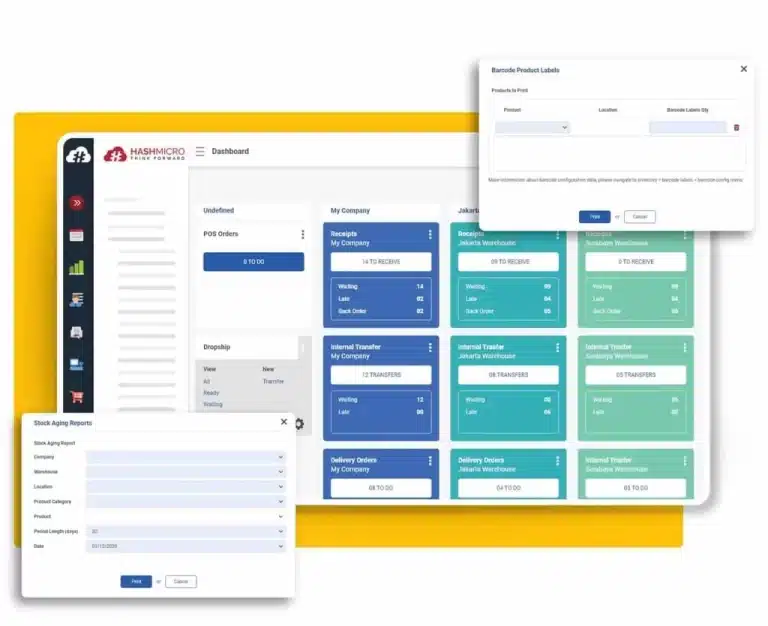
HashMicro Warehouse Management Software offers an integrated solution that automates complex cold chain processes. It empowers businesses to streamline operations by synchronizing data in real time across departments.
- Real-time Temperature Monitoring
The system captures live sensor data to display temperature status on a centralized dashboard. - FEFO & FIFO Automation
The software automatically assigns picking tasks based on the recorded expiration dates of inventory. - Lot & Serial Number Traceability
The platform tracks lot and serial numbers throughout the supply chain journey to ensure accountability. - Inventory Forecasting
The system analyzes past inventory trends to calculate future stock requirements and reorder points. - Multi-Warehouse Management
This feature consolidates inventory data from various physical locations into a single interface for management.
Experience how this system transforms your operations by scheduling a consultation today. Click here to try the free demo and see the benefits firsthand.
Conclusion
A cold storage warehouse is a vital asset that requires precision to maintain the integrity of sensitive products. Managing this infrastructure effectively ensures product safety and minimizes costly waste.
Adopting HashMicro Warehouse Management Software automates these critical tasks, enhancing operational visibility. This technology transforms complex logistics into a streamlined process that drives business growth.
Take the first step towards optimizing your cold chain logistics and ensuring the quality of your inventory. I invite you to try the free demo today.

FAQ Cold Storage Warehouse
-
What is the ideal temperature for a cold storage?
The ideal temperature depends heavily on the product. Generally, chilled temperatures range from 0°C to 10°C for fresh goods, while frozen temperatures are -18°C or lower. Specific pharmaceuticals may require ultra-low temperatures down to -80°C.
-
What is the main difference between a cold storage and a regular warehouse?
The main difference is in construction and systems. A cold storage has heavily insulated walls, roofs, and floors, along with an active refrigeration system to control the temperature. A regular warehouse’s temperature fluctuates with the ambient environment.
-
How can you improve energy efficiency in a cold storage?
Efficiency can be improved by ensuring perfect insulation and door seals, performing regular maintenance on cooling systems, using high-speed doors to minimize temperature leakage, and implementing energy management software to monitor and optimize electricity use.















